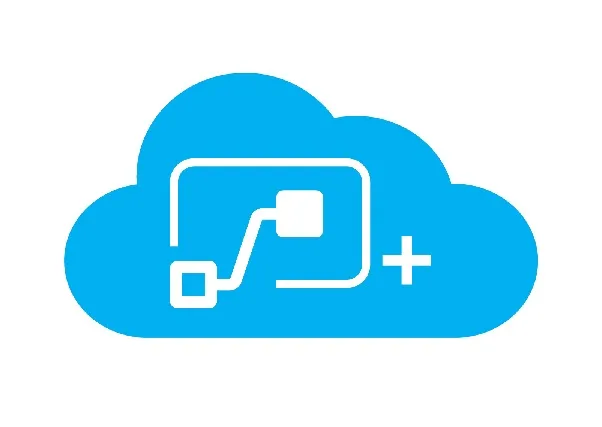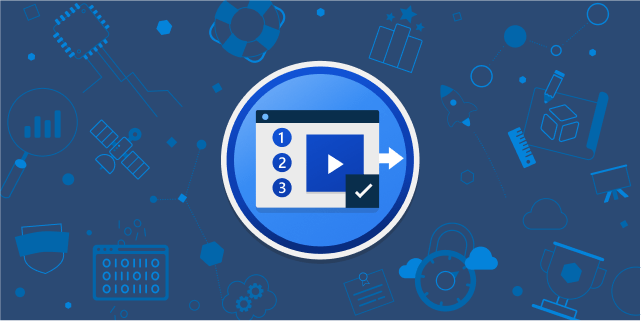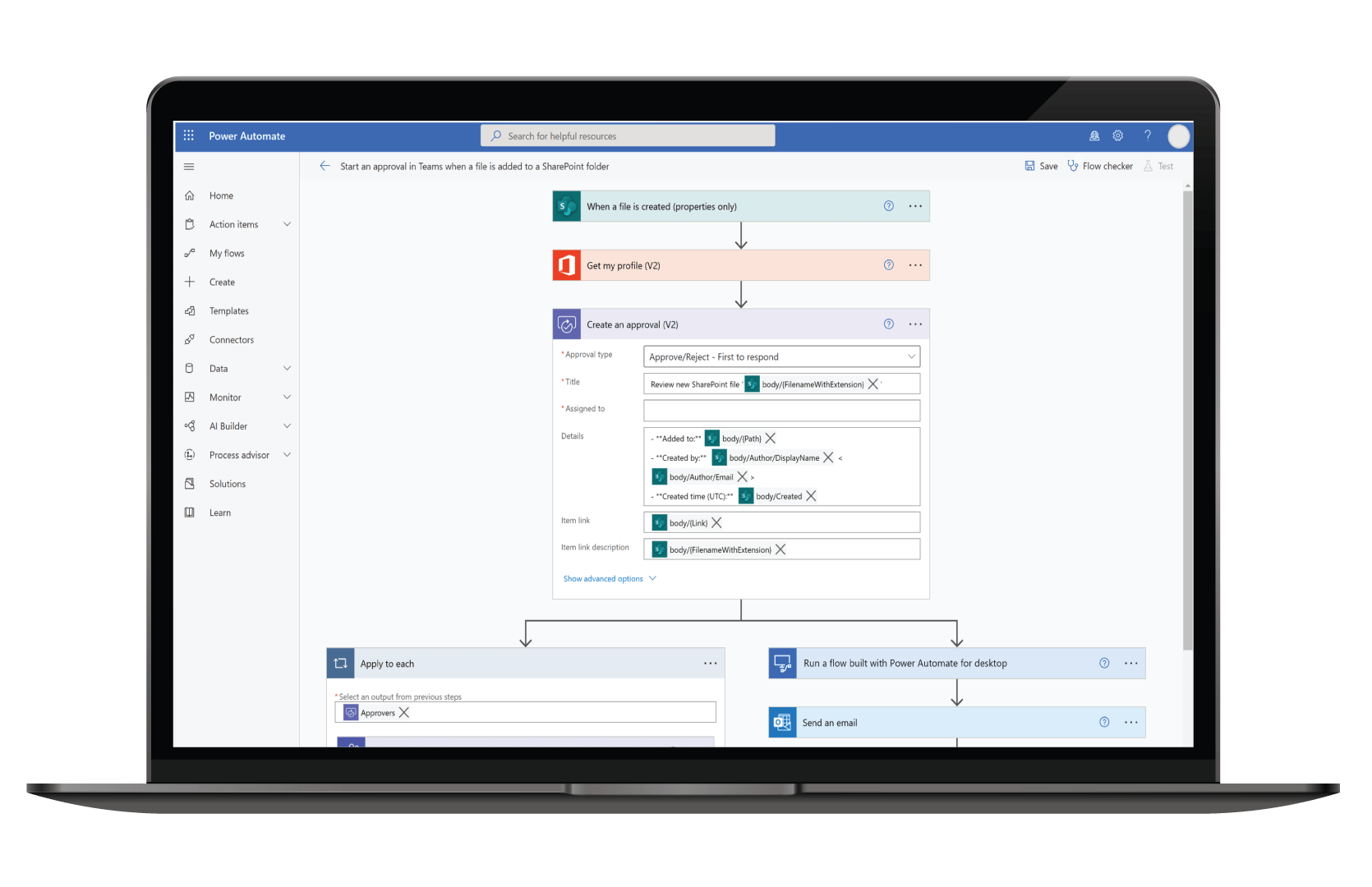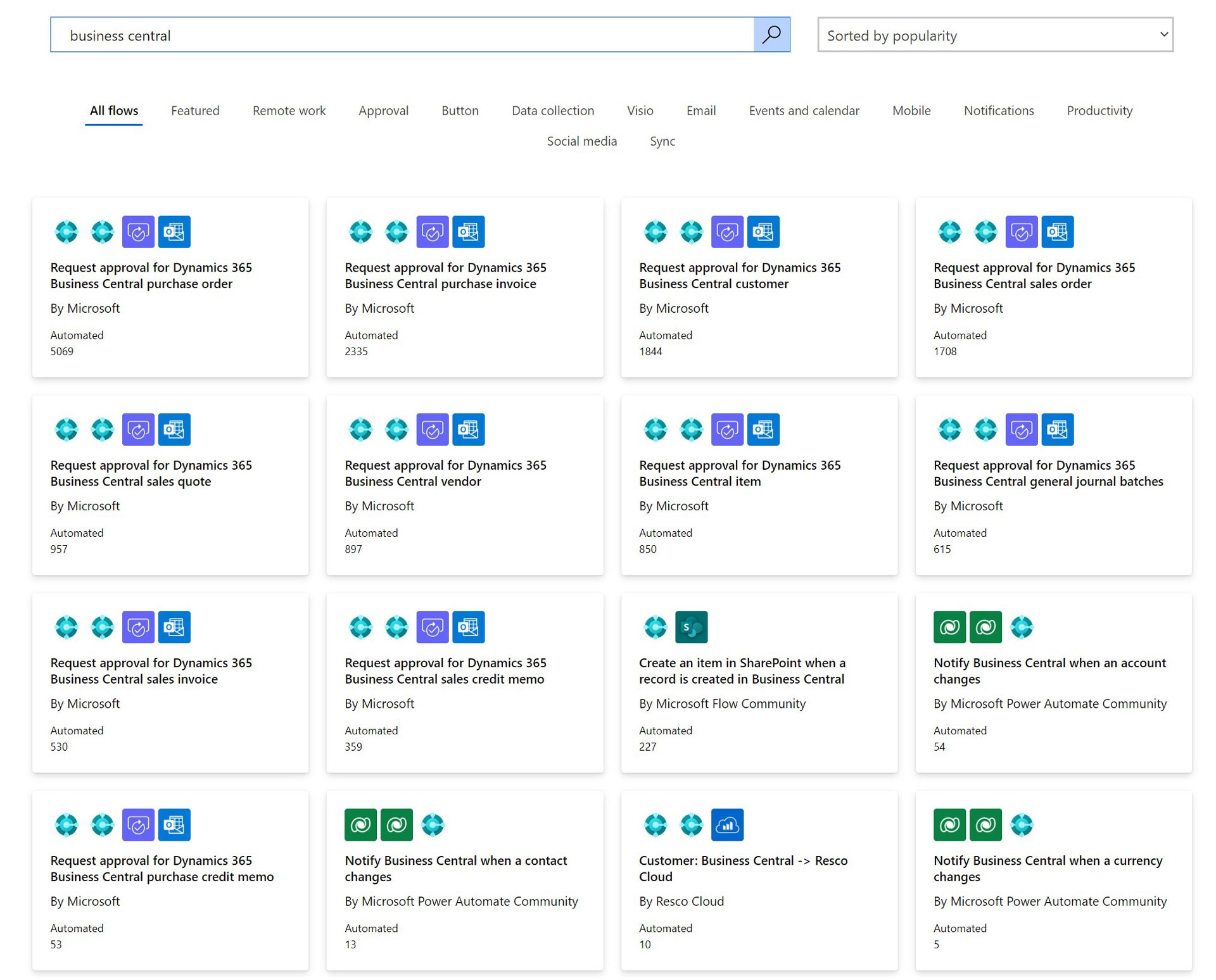Microsoft Power Automate
Microsoft Power Automate takes care of the mundane and time-consuming tasks that distract you from the all-important value you can add to your business. At its heart it is an enabler of automated business processes, notifications and data processing.
Making daily tasks effortless with automation
What is Microsoft Power Automate?
Microsoft Power Automate is a workflow engine, where you can create flows that help streamline your business.
It intelligently connects humans, processes and technology, turning those bigger tasks into easier-to-handle processes that can function automatically as and when you need them to. Silently improving your business, using the power of automation, yet loudly saving you time and money by removing inefficient tasks and human error. Before now, creating workflows often required experienced Developers and tools that weren’t necessarily available from Microsoft. But Power Automate has changed the game. This cross application workflow tool is making waves across organisations, and is very much becoming a tool organisations can’t operate without.
Within Power Automate we have three types of flow:

Cloud Flows
Cloud Flows in Power Automate allow you to trigger automation in various ways: automatically when an event occurs, instantly with the click of a button - such as sending something for approval, or on a schedule - such as a daily data transfer to a specified destination. These flows are widely used in various applications such as CRM, Power Apps, Business Central and more.

Desktop Flows
These broaden the scope of RPA (robotic process automation) by allowing you to automate repetitive desktop processes. You can use it to organise documents based on file and folder actions, but also enable it to extract data from websites and store in Excel for example. It is also useful to automate legacy applications, such as terminal emulators.

Business Process Flows (BPF)
BPF guides people through stages to get work done, helping you understand where each piece of work is in the process by indicating milestones or gateways. It's commonly used in CRM or Model-Driven Apps, on records such as leads, opportunities, and cases.
Where do we start?
Like with the rest of the Microsoft Power Platform, the possibilities are vast. But to give you an idea of how you could utilise Power Automate within your business processes here are some examples of where you can start or even continue to extend your journey with.
1
A reminder workflow to alert you if you haven’t submitted your expenses by a certain date in a week or month.
2
Send a notification that a visitor has arrived to the host’s email if your office visitor system is a Power App.
3
Take data from an application and send it to a destination used internally or externally on a schedule.
4
Take data from an external specified source and bring it into Dynamics 365 Business Central or Dynamics 365 CRM on a scheduled basis.
3
Set up a workflow to manage sales or purchase approvals, which can be approved via email in Outlook. Oh, and by the way, the workflow offers more capability than what Dynamics 365 Business Central approvals functionality offers out of the box too.
4
Send a notification internally or externally based on the status of a customer service ticket, or case to put it simply, in Dynamics 365 CRM. With triggers enabled to determine when notifications are sent.
7
Use Microsoft Power Automate to enhance integration between Dynamics 365 Business Central and Dynamics 365 CRM, such as enabling multi-company integration with different base currencies, where the standard Business Central-CRM integration may not suffice.
8
Utilise Power Automate to remove attachments from emails being tracked in to CRM to avoid racking up costly Dynamics 365 storage costs
Get set up quickly with Power
Automate templates and connectors
Connectors
To integrate with any other application, first we need a ‘connector’. We need to connect our flow to a source, where the data is being held, such as Dynamics 365 Business Central or Dynamics 365 CRM.
Connectors for Microsoft Power Automate go far and wide! Plus, new ones are regularly added to Microsoft’s Power Automate site. You’ll find connectors for tools like Dime Scheduler, Azure Data Lake, Azure Blob Storage, DocuSign, Hellosign, SurveyMonkey, Twitter, LinkedIn and more. Depending on the license you have for Power Automate will depend on what you can utilise. If a connector doesn’t exist, talk to us and we can look at creating a custom one for you.
You will also see connectors are labelled as ‘standard’ or ‘premium’. What’s the difference you ask? Simply, Premium connectors aren’t included in the Microsoft 365 license, you need another level of license (standalone or seeded plans – feel free to reach out to understand this in more detail).
Templates
Microsoft Power Automate provides you with templates for workflows to help you get started, so you can quickly get to work on automating your business processes in just a few simple clicks to quickly explore its capability. View available templates on Microsoft’s website.
There is a large selection of Dynamics 365 Business Central templates ready to use and the list grows constantly. If that wasn’t enough, you can create your own too.
How does Power Automate work with
Microsoft Dynamics 365 Business Central and Microsoft Dynamics 365 CRM?
One of the many things we love about Power Automate is how easily it integrates with Microsoft Dynamics 365 Business Central and CRM apps – the business software solutions we use every day.
The Microsoft out-of-the-box capability means that with Dynamics 365 Business Central we can start creating custom flows, approvals, data synchronisation notifications and more throughout the Dynamics 365 Business Central application. With the connector, like with Microsoft Power Apps, we are provided with access to tables via APIs, and there are instances where custom APIs are needed, but this is achieved easily with our help.
Iskcon Infotech’s Dynamics 365 CRM users often utilise Power Automate daily without realising it. Every Dynamics 365 CRM project we now undertake has Power Automate processes built in. Whether creating an approval, a notification (internally or externally), or business process flow, it is functionality that our customers use daily.

When you use Dynamics 365 CRM, do you have web forms on your website for sales or aftersales queries? With the help of our web developers, we can create a Power Automate workflow to automatically pull data from those forms into the appropriate CRM record and send a notification when a visitor submits the form. This ensures form submissions do not get lost in between your business tools and notifies your team that they require attention.
Power Automate cloud flows and business process flows work well with cloud solutions, if your systems are on premise, there is the ability to use Power Automate, but there is some extra setup, and there may be some differences in functionality, feel free to ask us about what is possible.
Automate your way to streamlined processes
If you’d like to find out more about how your business could benefit from Microsoft Power Automate, then get in touch and arrange your discovery call.



